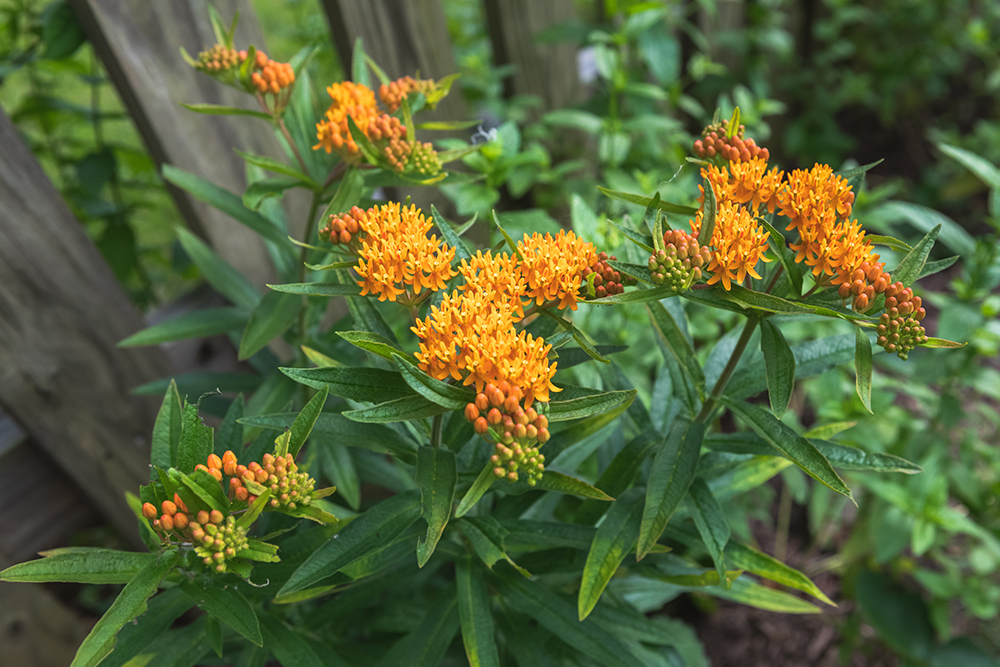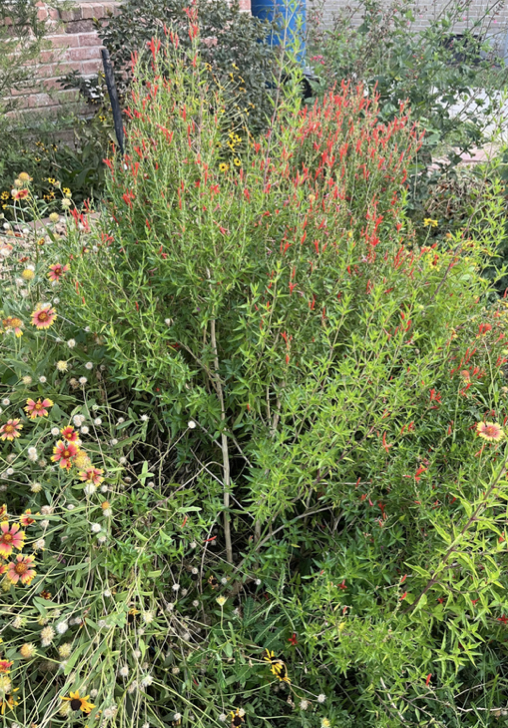
Backyard Biodiversity: How Cypress Residents Are Helping Pollinators Thrive—One Garden at a Time
While towering trees and blooming wildflowers may seem like the stars of Earth Day, some of the most meaningful environmental action is happening much closer to home—in the backyards of Cypress-area residents. As awareness of pollinator decline continues to rise, homeowners across West Houston and Cypress are joining the movement to create vibrant, sustainable landscapes that support bees, butterflies, and other beneficial insects.
In recent years, the Cypress community has seen a growing interest in native plant gardening and pollinator habitat restoration, particularly in master-planned neighborhoods like Bridgeland, Towne Lake, and Coles Crossing. These eco-conscious efforts, often sparked by homeowners and supported by community initiatives, are helping reverse habitat loss and promote biodiversity in the heart of suburbia.
At the forefront of this movement is the Harris County Master Gardeners Association (HCMGA)—a volunteer organization working alongside the Texas A&M AgriLife Extension Service to provide science-backed horticultural education and hands-on gardening support to residents. Through their workshops, demonstration gardens, and plant sales, HCMGA promotes the use of native and adaptive plants that not only thrive in Texas heat but also provide essential food and shelter for pollinators.
Mobile Sidebar Ad
“Creating a pollinator-friendly garden doesn’t require a lot of space,” said Robin Kendrick-Yates, Advanced Master Gardener: Composting & Entomology with the Harris County Master Gardeners. “Just a few square feet of native blooms and host plants can make a big difference to butterflies, bees, and even hummingbirds. It’s about choosing plants with a purpose.”
These “purposeful plants” include native milkweed, essential for monarch butterflies; salvia, a magnet for hummingbirds; and black-eyed Susans, coneflowers, and lantanas—all staples in Texas pollinator gardens. Master Gardeners encourage skipping pesticides and choosing nectar- and pollen-rich blooms that are timed to flower throughout the year, providing sustenance through all seasons.
The Harris County Master Gardeners also offer tours of their demonstration gardens, including the Butterfly Garden at the Genoa Friendship Garden and their educational spaces in Bear Creek Park. These gardens showcase how residents can blend beauty and biodiversity while also conserving water and minimizing lawn maintenance.
|
Native Plant Spotlight: Flame Acanthus In this special Earth Day contribution, Advanced Master Gardener Robin Kendrick-Yates shares her personal journey into native plant gardening through the spotlight of Flame Acanthus (Anisacanthus quadrifidus var. wrightii). Known for its drought tolerance, vibrant red-orange blooms, and ability to attract hummingbirds and butterflies, this hardy Texas native is a pollinator favorite and a resilient addition to any West Houston or Cypress landscape.
 Flame Acanthus surrounded by Firewheel, Gaillardia pulchella.
(Photo: Robin Kendrick-Yates)
Robin’s firsthand experience shows how even a single native plant can help restore biodiversity and transform a yard into a thriving haven for wildlife.
Read more from Robin in the full Native Plant Spotlight section of this HCMG newsletter.
|
For many Cypress homeowners, the decision to “go native” is more than a gardening trend—it’s a response to the urgent need to protect local ecosystems. According to the U.S. Fish & Wildlife Service, pollinators are responsible for helping produce one out of every three bites of food we eat, yet face threats from habitat loss, pesticide exposure, and climate change.
Through backyard biodiversity, residents are not only supporting pollinators but also contributing to stormwater management, soil health, and carbon capture—benefits that ripple far beyond the garden fence.
How to Start a Pollinator-Friendly Garden in Your Neighborhood
For homeowners ready to plant with purpose, starting a pollinator-friendly garden in a deed-restricted community or under an HOA may seem intimidating—but it’s more than possible with the right approach. The key is to align your design with HOA aesthetics while incorporating native, low-maintenance plants that support bees, butterflies, and hummingbirds.
Mobile Sidebar Ad
Here are some steps to get started:
-
Check Your HOA Guidelines First: Review your neighborhood’s landscaping rules. Many Cypress-area HOAs allow native plants and butterfly gardens as long as they are neatly maintained and complement the home's exterior.
-
Start Small and Strategic: Focus on a small flower bed, border, or even container gardens. Choose compact native species that don’t overwhelm the space—such as milkweed, Gregg’s mistflower, purple coneflower, or coreopsis.
-
Use Mulch and Edging for a Clean Look: Tidy borders and mulch can help maintain a manicured appearance, meeting HOA standards while creating a healthy environment for pollinators.
-
Mix Decorative with Functional Plants: Blend native flowering plants with ornamental grasses or evergreen shrubs to add visual structure and meet neighborhood guidelines.
-
Avoid Pesticides and Herbicides: Pollinators are sensitive to chemicals. Use organic methods to control pests and weeds, and let beneficial insects do their job.
-
Include a Water Source: A shallow dish with pebbles and clean water can serve as a drinking spot for bees and butterflies.
-
Label Your Garden (If Permitted): Some homeowners add small signs to educate neighbors about native plants and pollinators—this can encourage others to join in and normalize eco-friendly gardening.
If you’re unsure how to start, the Harris County Master Gardeners Association and the Texas A&M AgriLife Extension offer native plant lists, garden design templates, and even volunteer mentors to help you build your vision within your community’s requirements.
This Earth Day, the Harris County Master Gardeners invite residents to take the first step toward sustainable landscaping by attending one of their upcoming programs or visiting their website to explore native plant resources, volunteer opportunities, and how-to guides for building a pollinator haven right at home.
To learn more about how to start your own pollinator-friendly garden in West Houston, visit txmg.org/hcmga or explore the Texas A&M AgriLife Extension's Earth-Kind Landscaping™ resources.
 Tiffany Krenek has been on the My Neighborhood News team since August 2021. She is passionate about curating and sharing content that enriches the lives of our readers in a personal, meaningful way. A loving mother and wife, Tiffany and her family live in the West Houston/Cypress region.
Tiffany Krenek has been on the My Neighborhood News team since August 2021. She is passionate about curating and sharing content that enriches the lives of our readers in a personal, meaningful way. A loving mother and wife, Tiffany and her family live in the West Houston/Cypress region.






